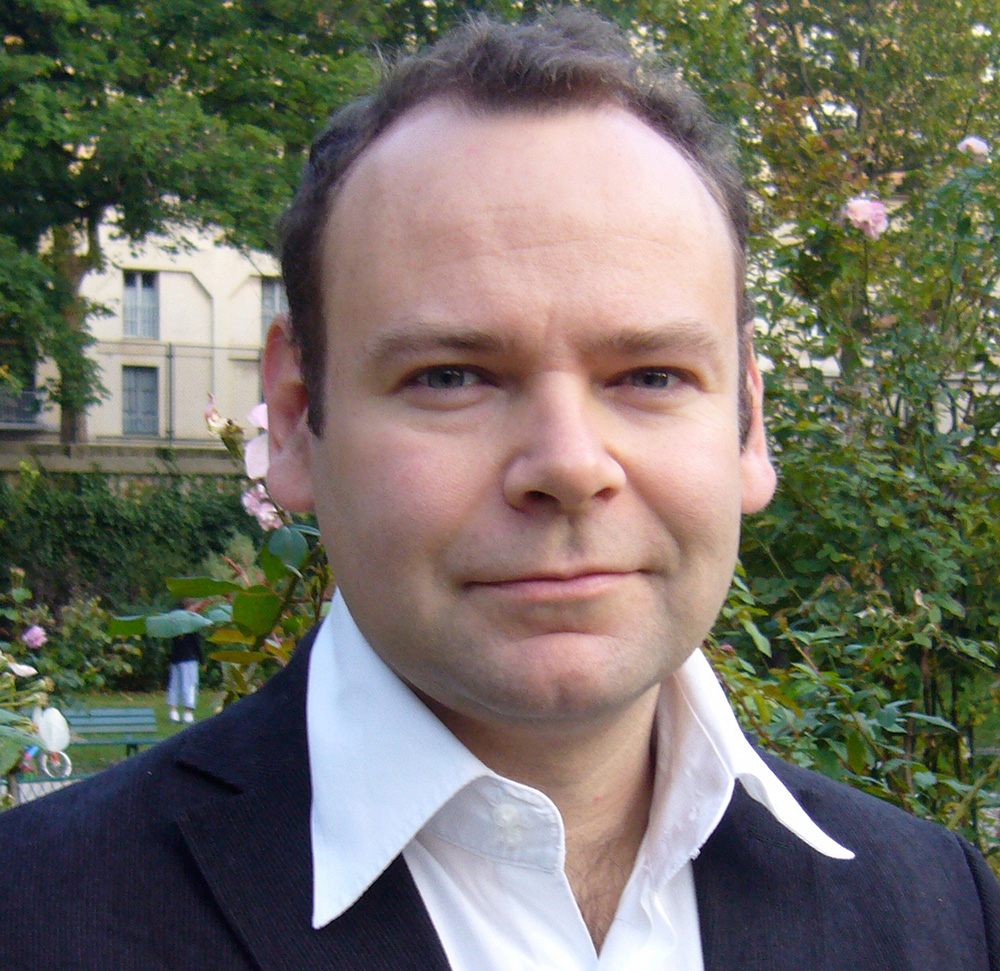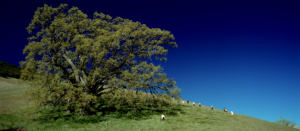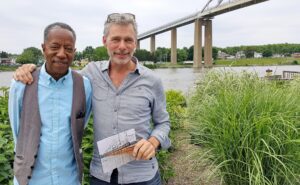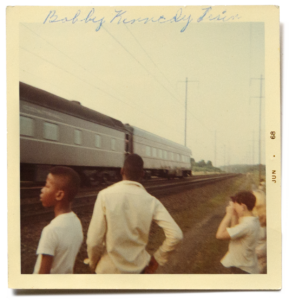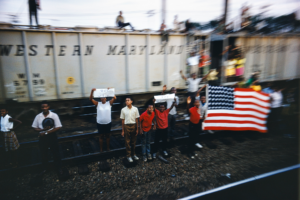Interview with Philippe Parreno conducted by Clément Chéroux on June 20, 2017 in Paris. Translated by Rose Vekony.
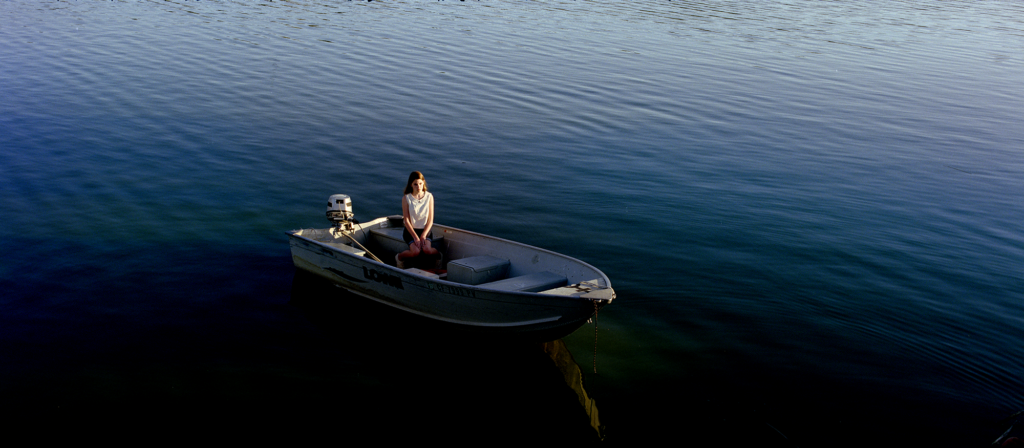
Philippe Parreno, June 8, 1968, 2009 (still); © Philippe Parreno, courtesy Maja Hoffmann / LUMA Foundation
How did you discover the photographs of Paul Fusco?
A friend had lent me the book. What immediately drew my attention was that these images represent death’s point of view. That’s what interests me: it’s the subject of the spectacle who is watching the spectator, not the other way around. This configuration is particularly interesting: it’s reversed. We’re not watching the event; it’s the event that’s watching us. What’s more, that event is connected to death. I began to work on this idea: the event is watching me, it has passed, and thus it’s ghostly.
Why did you make this film with a 70mm camera, instead of in 35mm?
I wanted the image watching us to be as real as we are.
That’s what gave me the idea of shooting with 70mm film. The projection was supposed to take up the whole width of the exhibition space, and I wanted the people on the screen to be at the same scale as the viewers in the space.
So 70mm was chosen for the need to have life-size figures?
Yes, but I also wanted them to be luminous. It’s not data; it’s light. It’s not something digital.
It’s not a reference to CinemaScope, that is, to Hollywood-style spectacle?
No, it’s a ghost light. I wanted people to be able to approach the image yet have it remain, always and everywhere, equally defined. To that end, with Darius Khondji, the film’s cinematographer, we brought out Panavision cameras that no one was using. We shot the film twice, because the first time there were problems with the camera work. We had arranged for the shooting with a train in the New York area, but in certain sequences the camera arm was shaking. Thus we had to refilm the images, this time in the San Francisco area. It was in a nature park, a large ranch, where there was no traffic at all. That’s where we filmed the images at the end, with the big tree and the people looking into the distance, or the young woman on the boat.
Why retake photographs in the form of a film?
It was the whole idea of reenactment. To go back over something in order to see the event again. For me 1968 and Marilyn (2012) are like phantasmagorias. What was strange was that when we met people for the casting of 1968, all those who were of a certain age cried. Reenactment produces emotions in playback.
It’s very strange, this power. For me it’s the whole idea of phantasmagoria, of the recreation of the event. Creating a form is, after all, what I’m concerned about; it’s not so much Kennedy. What is a form, how is it produced, how is it exhibited—that’s what interests me.
Who is the author?
Is it me, is it Fusco? No, in fact, it’s the event. It’s the reconstruction of an event photographed by someone. The event doesn’t belong to the photographer who takes pictures of it. It’s very interesting. I believe I’ve always been interested in that sort of “blur.”
Excerpted from Clément Chéroux, “Ghost Light: An Interview with Philippe Parreno,” in The Train (Paris: Textuel, 2018), 103–105.
